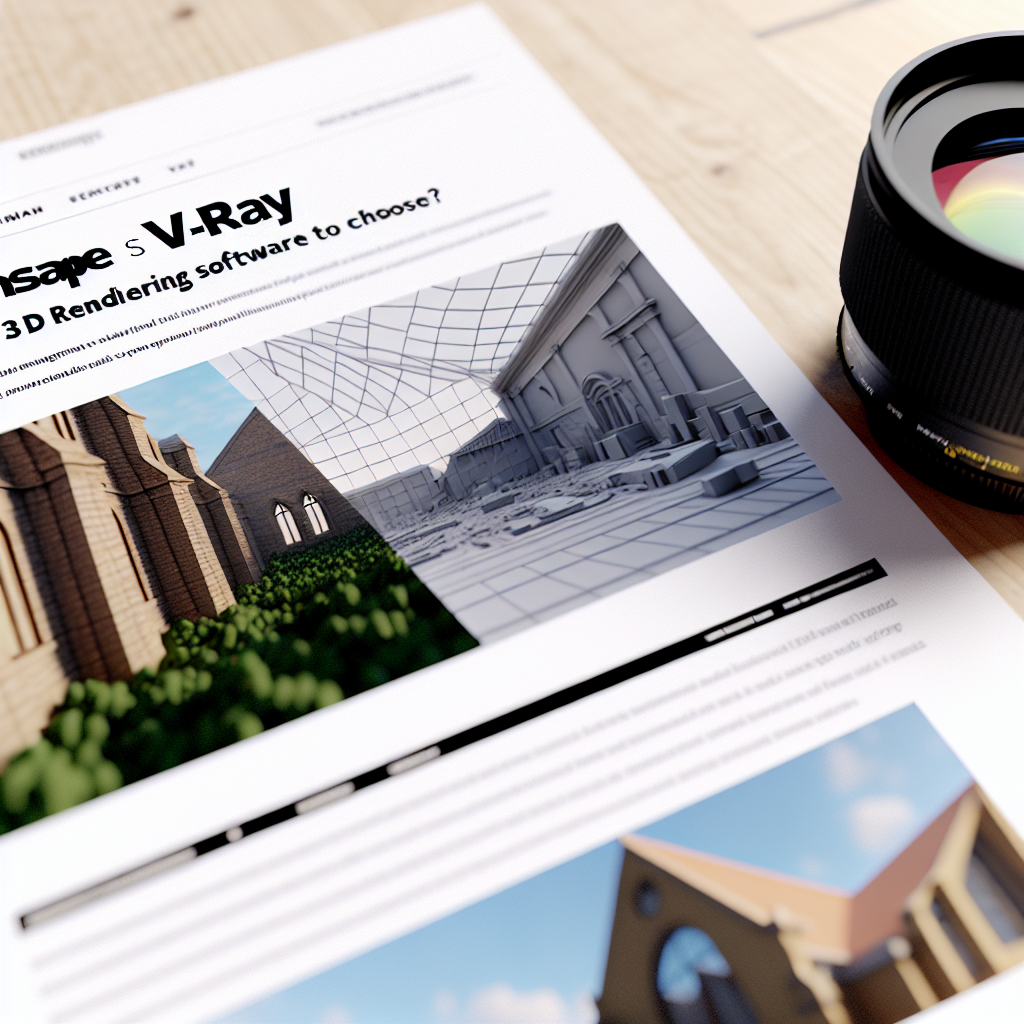When it comes to architectural visualization and 3D rendering, choosing the right software can significantly impact your workflow and final quality. Enscape and V-Ray are two leading rendering tools favored by professionals, each offering distinct features and user experiences. In this article, we’ll compare Enscape and V-Ray to help you determine which best fits your creative needs.
Ease of Use and Workflow Integration
Enscape shines with its intuitive, user-friendly interface designed for rapid deployment. It integrates seamlessly with popular BIM and CAD software like Revit, SketchUp, Rhino, and ArchiCAD, enabling users to generate real-time high-quality renderings directly within their modeling environment. This real-time feedback loop accelerates design iterations, making Enscape an ideal choice for architects and designers aiming for efficiency and minimal disruption to their workflow.
In contrast, V-Ray is renowned for its flexibility and extensive configurability, which can result in a steeper learning curve. While V-Ray can be integrated with various modeling platforms such as 3ds Max, SketchUp, Rhino, and Maya, it often requires more setup time and familiarity with rendering concepts. However, for users willing to invest time in mastering its features, V-Ray offers unparalleled control over lighting, materials, and rendering settings, leading to highly detailed and photorealistic results.
Rendering Quality and Customization
When it comes to rendering output, V-Ray is considered the industry standard for photorealistic visualization. It provides advanced features like global illumination, physically accurate materials, and a comprehensive library of lighting effects that allow artists to craft stunning, hyper-realistic images. Its extensive customization options make it suitable for high-end visualization projects where detail and realism are paramount.
Enscape, while delivering impressive real-time renders, prioritizes speed and ease over ultra-fine control. Its rendering engine produces visually compelling images instantly, which is particularly advantageous for live presentations and iterative design reviews. However, it may fall short for projects demanding studio-quality, deeply customizable renders. Enscape’s strength lies in quick visualization, making it an excellent tool for conceptual phases and client walkthroughs.
Cost, Learning Curve, and Target Users
Cost is a significant consideration for many users. Enscape offers a subscription-based model that is generally more affordable and accessible, particularly for small studios or individual professionals. Its straightforward interface reduces the learning curve, enabling newcomers to produce quality visuals rapidly.
V-Ray’s pricing reflects its professional-grade capabilities, often making it more suitable for studios and experienced artists willing to invest time and resources into mastering its comprehensive feature set. Despite its complexity, V-Ray’s robust output quality and extensive customization make it the preferred choice for high-end visualization and rendering firms focused on detailed, client-specific images.
Conclusion
Ultimately, the choice between Enscape and V-Ray depends on your specific needs, skill level, and project requirements. Enscape excels in real-time, effortless visualization with quick results, making it ideal for rapid presentations and iterative design processes. V-Ray, on the other hand, offers unmatched rendering quality and customization options for detailed, photorealistic visuals. By understanding their differences, you can select the rendering tool that best supports your creative workflow and project goals.
